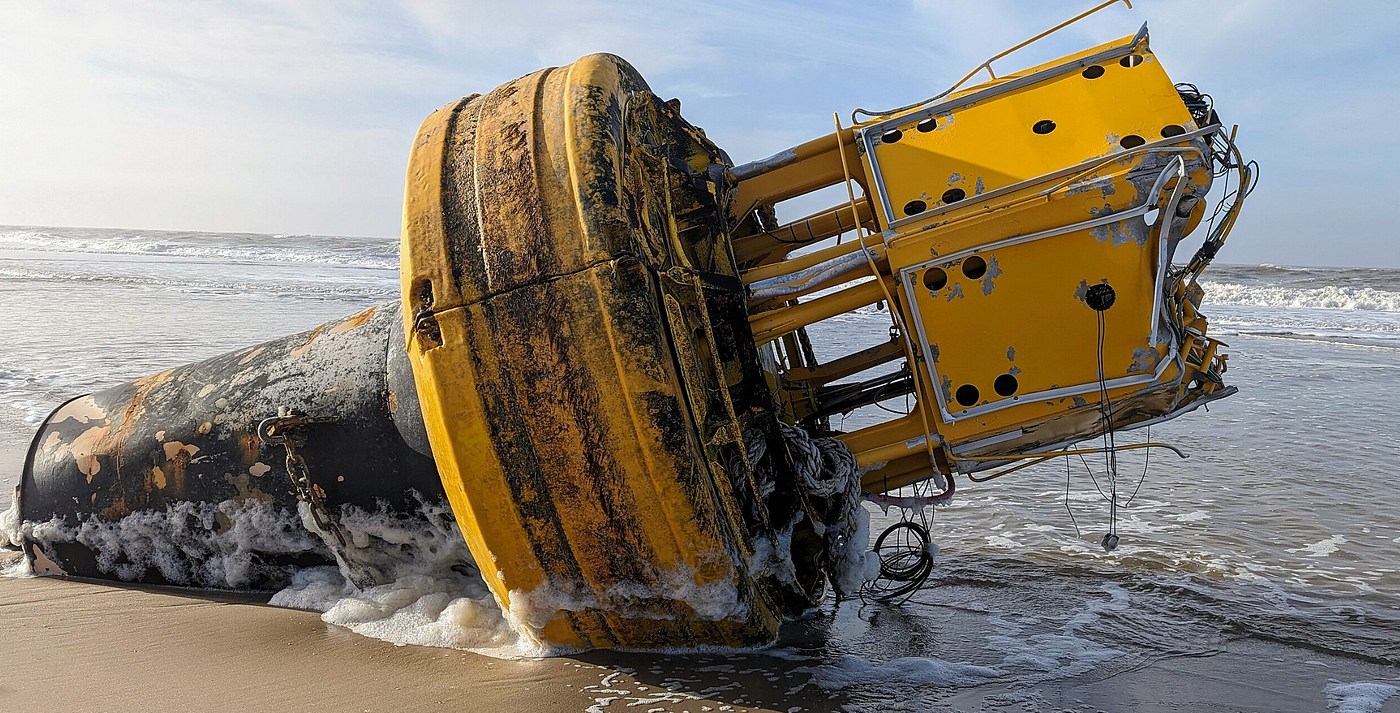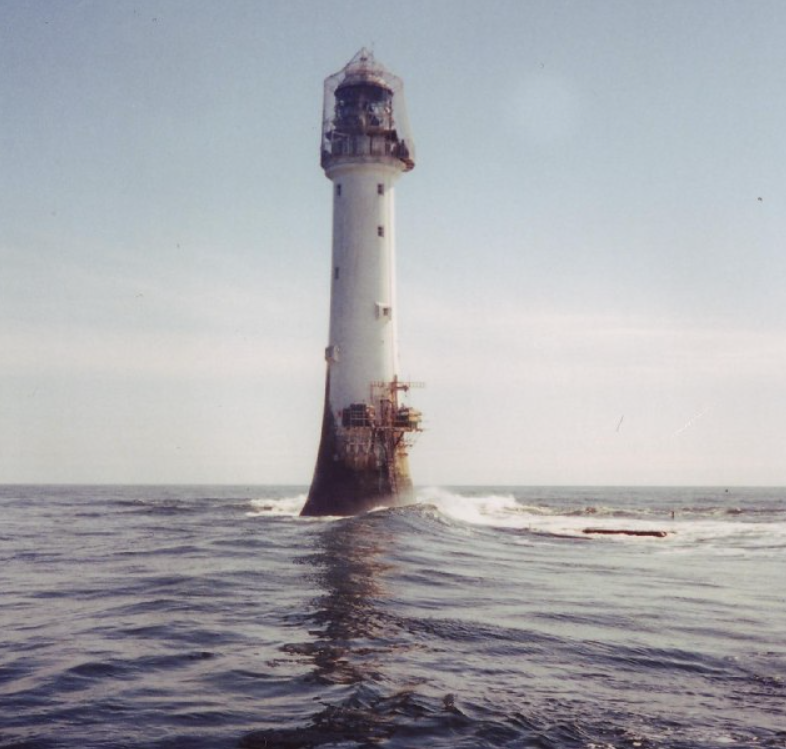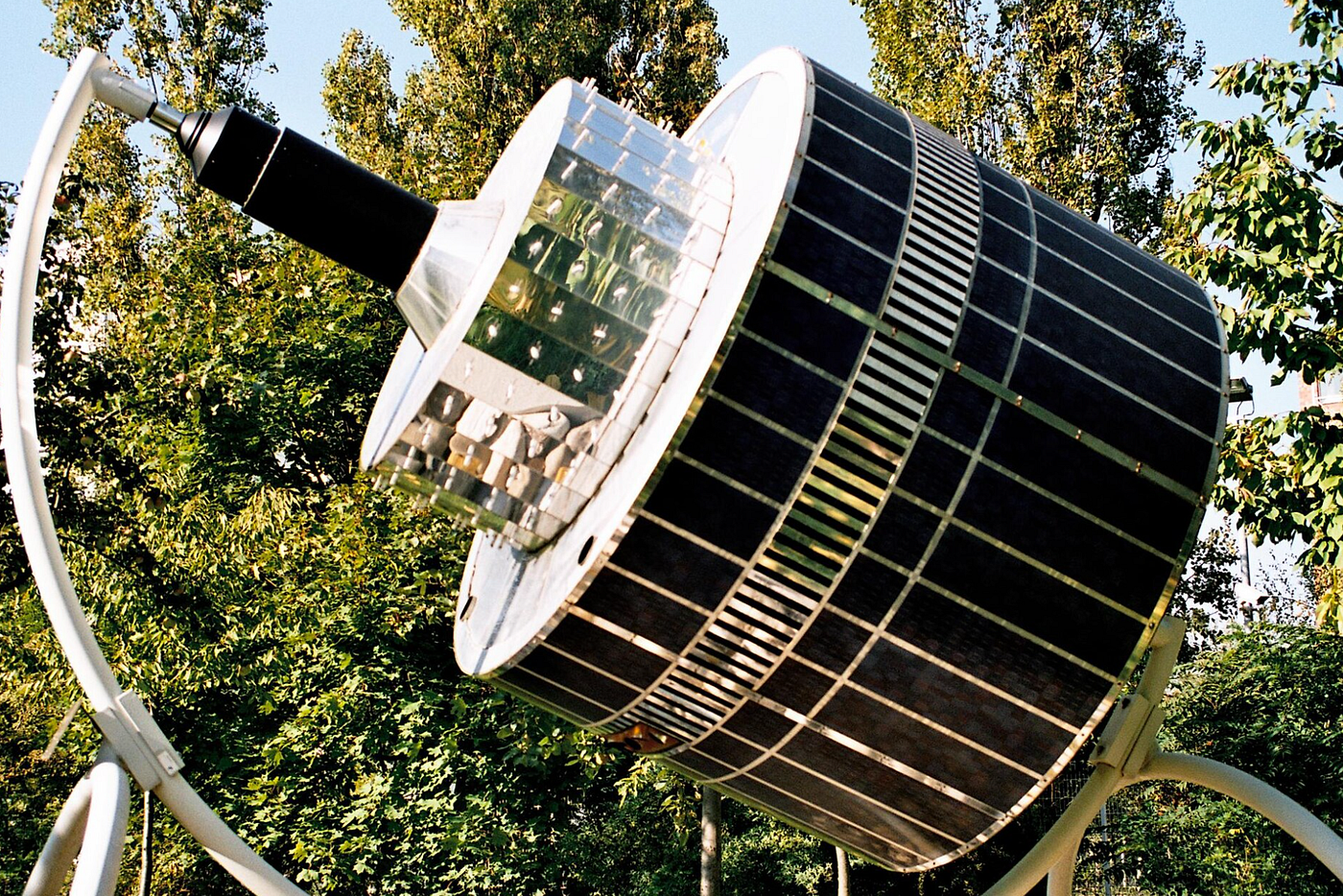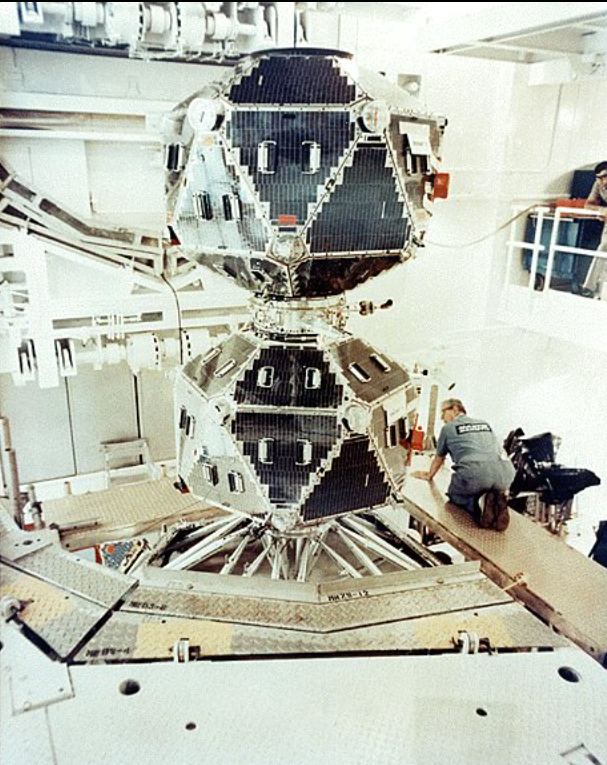What The Tech?! Remote Sensors
Remote sensors would help lay the foundations for mass automation.
In a world full of remote sensors and IOT devices, it can be hard to think of a time when we did things in a completely different way from how we do it today. But there was a time when everything ran much slower. And, we’d also see people making entire careers out of the types of things that we’d simply automate today.
It would be remote sensor technology that would help us shift the way we monitor systems and ensure the safety of our transportation systems.
It’s these sensors that are the star of today’s What The Tech?!. Let’s check it out!
The History
It’s easy to take much of our modern technology for granted. We can stay up reading at night with nothing more than the flick of a light switch, our streets are lit with powerful, modern lighting systems that operate automatically, and thanks to GPS, we can sail anywhere on the globe with little fear of striking an uncharted reef.
If there’s one thing the motivational world doesn’t lack, it’s quotes, and the concept of remote sensors would help us be a motivational speaker's dream by “focusing on what matters”. And, while we’d need manpower to tackle many of these early problems, the development of automation was already seen to have benefits, even if we weren’t in a position to leverage that as properly as we’d like.
Alarm clocks would make the window knocker redundant, the same way that solar power and electricity would eventually replace the lighthouse keeper. But, to properly allow these changes to occur, we’d need to be able to know the status of certain systems. In a world where the concept of telemetry didn’t even exist yet, we had a long, long way to go.
The Start of Automation
Before the aeroplane would become ubiquitous, the world would rely on the seas for much of its productivity. Freight would transit the globe, spices would move from country to country, and entire new civilisations of people would relocate via sea, shifting the concept of the old world on its head and introducing many of the traits that would help identify the modern world today.
So, it makes sense that on the path to remote sensors and automation, shipping and the maritime world would play a key and pivotal role here.
It sounds crazy today, but much of the work that would lay the foundations for remote sensing would come with the evolution of an age-old but still relevant problem. Namely, how to safely navigate the seas at night.
While the lighthouse network did exist, it was reliant on manpower to ensure that the system would operate reliably and on schedule. The beams (which were incredibly powerful, being seen up to dozens of km at night) were state-of-the-art however, they suffered from one distinct flaw. They burnt oil. Lots and lots of oil, meaning that the primary job of the lighthouse keeper was as a gasman for the giant Fresnel lens.
Clearly, the ability to electrify the stations and send this data back to a sensor office would provide all the benefits of the pre-existing lighthouse network, with none of the manpower requirements.
Getting On The Spectrum
While much of the technology at the time would focus on hard-wired connections, the recent and rapid evolution of the radio spectrum would mean that now, there was the option to do things wireless as well. In fact, early RF-based sensor networks would offer features that would end up looking remarkably like the newfangled internet that we’d end up using in the modern world.
There were, of course, no memes, no emojis and no cat pictures, but there was data, sent in packets across long distances, giving a tantalising glimpse at what we might see when the technology evolved enough to catch up to the vision. This was great, however, despite this, few people could have anticipated what exactly would come next and exactly how much it would change the world.
With aviation being born just a few decades earlier, the launch of the space race would mean that engineering teams on both sides of the Iron Curtain would rapidly see the value in sending sensors into orbit to collect data, providing a new perspective of not only Earth, but the life found on it.
Space-Based Sensors
It turns out that apparently, there was a bunch of drugs around in the sixties, and nothing makes that more clear than the sheer array of mind-boggling ideas that would be flirted with around this time. High-speed, deep-space travel thanks to nuclear combustion was just one of the not-so-safe ideas that were flirted with at the time.
One thing that WAS a good idea though, was the usage of new, space-based assets to assist with science of all sorts though, and as such, we’d see a rapid expansion of earth imaging programs that would start with the Landsat Program and end literally decades later with the evolution of the NOAA Polar Orbit Earth-Observation Satellite (POES) program.
These birds were packed with imagery and would use the new Automatic Picture Transmission mode to send data back to Earth. Funnily enough, though, this wouldn’t be the only interesting game in town.
Under the intensity of 60’s era Cold War tension, the United States would launch the Vela “Watchman” satellites. Aimed at preventing nuclear proliferation and detecting a nuclear first strike by US adversaries, the Vela satellites were packed full of remote sensing technology that would help them achieve their mission.
The technology would work so well that regular false alarms would be detected during the first Gulf War. As Iraqi SCUD missiles would launch, the early-warning system would report sensing the flash of the rocket engine as the missile left the launcher.
Later, in 1979, a single Vela satellite would report an unknown flash. Sparking controversy, it’s rumoured that the detection would be the first evolution of an Israeli nuclear weapons program.
Future Development
We’ve pointed out before in previous articles that the constantly evolving nature of IOT devices means that the radio spectrum has become more important than ever. And, part of the reason for that is because the usage of the spectrum for remote sensing data is expected to become more prevalent in future years, not less.
While the internet will be responsible for shifting much of this traffic, radiofrequency-based remote sensors will still play a critical role, particularly in remote areas or even in things like space exploration.
NASA’s Opportunity rover would be a great example of the type of hardware and systems that are capable of leveraging this technology, and as new, more efficient communication modes are discovered, they open up new ways to leverage remote sensing stations.
The somewhat new James Webb Space Telescope is just one of the more modern systems that has adopted this approach to great success.
It’s an exciting time to be a fan of science and technology.
If you found this article insightful, informative, or entertaining, we kindly encourage you to show your support. Clapping for this article not only lets the author know that their work is appreciated but also helps boost its visibility to others who might benefit from it.
🌟 Enjoyed this article? Join the community! 🌟
📢 Join our OSINT Telegram channel for exclusive updates or
📢 Follow our crypto Telegram for the latest giveaways
🐦 Follow us on Twitter and
🟦 We’re now on Bluesky!
🔗 Articles we think you’ll like:
- What The Tech?! Space Shuttles
- Shodan: A Map of the Internet
✉️ Want more content like this? Sign up for email updates



























